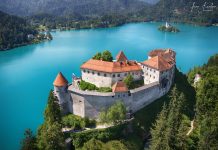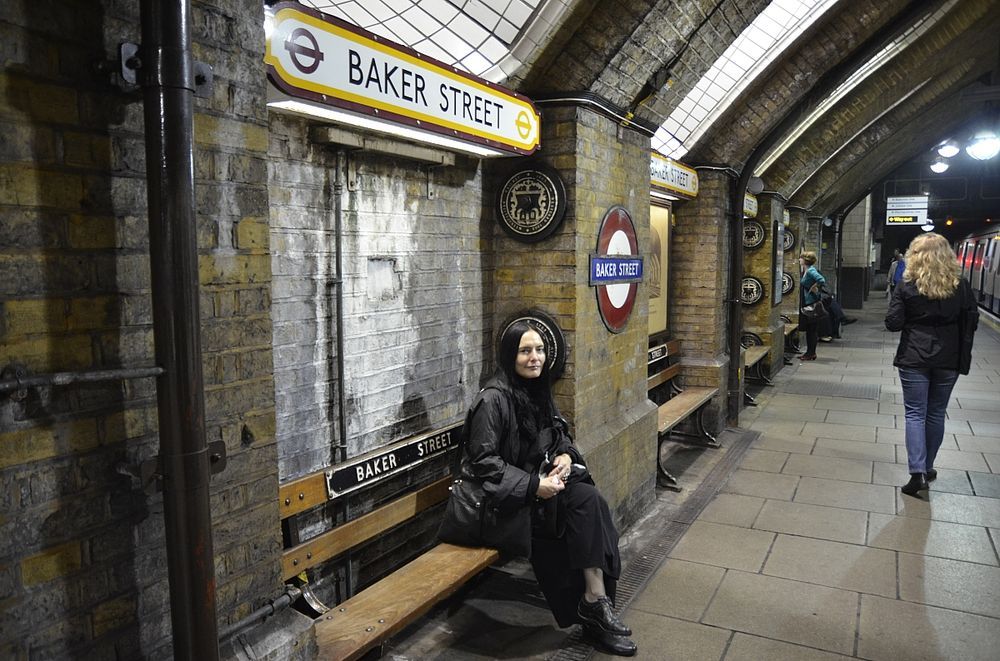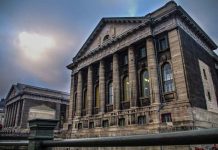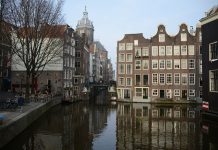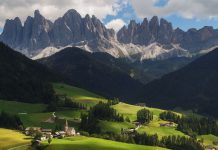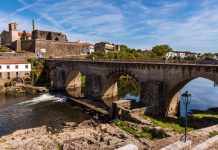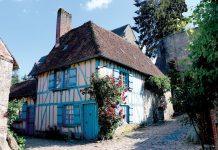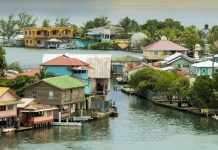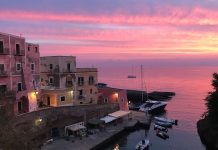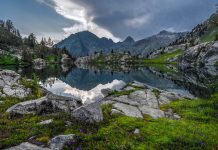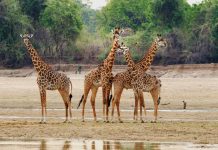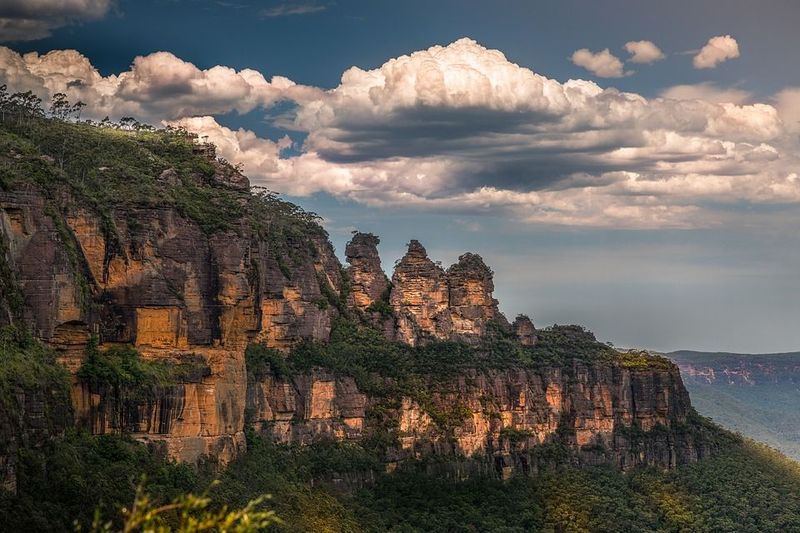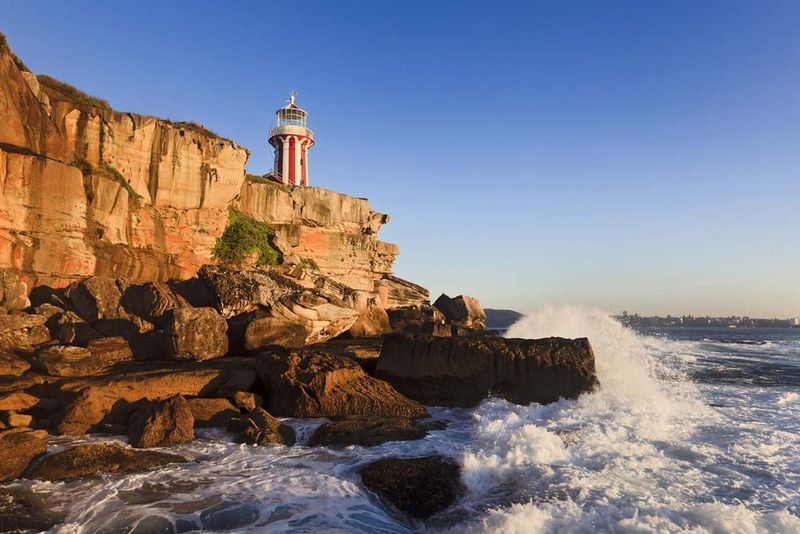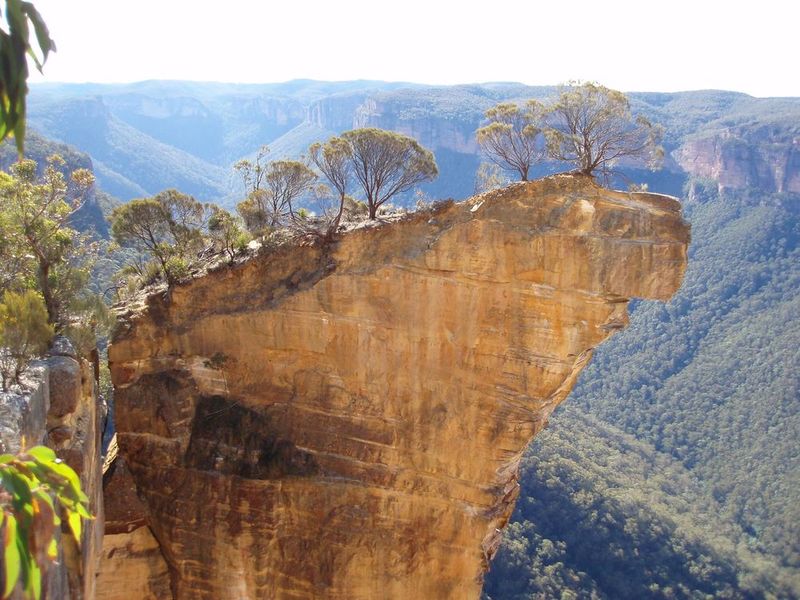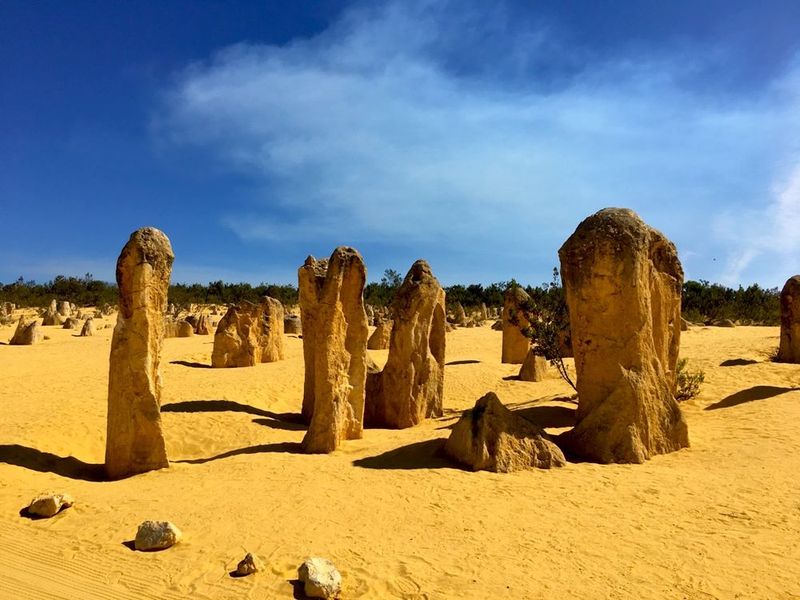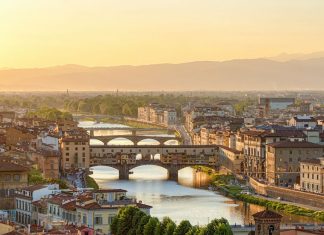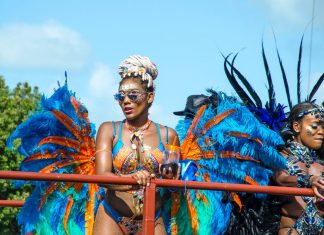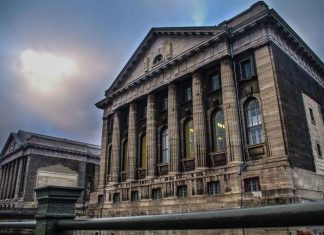Geelong is the second largest city in the state and has both an agricultural and industrial past. Located on the north side and protected by the Gulf of Corio, the city began to re-consider its port as a resort, as it was considered at the beginning of the XX century. Wooden bath complex of the 1930s in the Art Deco style on the Eastern Beach, with lawns, sandy beach and shady trees, was restored in all its glory in 1994. Stimpeket Place and Pir are part of the development project of the district, which provides for the gradual transformation of old warehouses into a bustling quarter on the seashore, filled with restaurants with delicious seafood, cafes, shops and hotels.
There are old wool warehouses opposite Stimpeket Place. Wool was sold here at auction and stored before being loaded onto ships, after which it was shipped around the world from the 1880s to the 190s. This was the foundation of Geelong’s wealth. Now the buildings have been rebuilt; the largest houses the National Wool Museum, tracing Australia’s wool heritage from a sheep shearing shed to modern fashion.
From Geelong, you can quickly drive to the Brisbane Ranges National Park, near Eneka, where a lot of wildflowers such as grevilea, Australian acacia and wild orchids bloom from August to November. Nearby is Steig-litz, a ghost town of the “gold rush” era of the 1850s.

